Hotline
Salt water treatment
Saltwater treatment is an urgent need now in the context of climate change and the risk of recurring salinity as in the Mekong Delta provinces. Saltwater sources cause heavy losses to agriculture as well as the domestic water needs of people in saline areas. To cope with this situation, Viet An Company has joined with a team of professional engineers to organize research on the best solutions for treating saline water, with the most reasonable price to serve the needs of domestic water supply for people.
With many years of experience in the field of providing water treatment systems, ice making machine, ... Viet An has become the first choice of domestic and foreign consumers.
Why do you need saltwater treatment?
Water sources are salty due to the saline intrusion of seawater into the inland. This phenomenon is often seen in low-lying coastal areas. However, when the drought season lasts, freshwater resources are exhausted, the saline intrusion process increases faster and deeper into the mainland. As a result, nearby freshwater sources such as rivers, streams, ponds, lakes, lagoons ... even well water and groundwater also are salty.
The effects of saline water on life
First, the regular use of salty water will have a negative impact on health. Saline water in the body will absorb water from the cells, causing dehydration and cell atrophy. When the cells die, the barrier that prevents the bacteria will die. The bacteria will invade, causing immediate gastrointestinal diseases such as abdominal pain, vomiting, acute diarrhea, acute enteritis. When using this water for a long time, they degrade resistance, increase opportunistic infections, kidney failure, liver failure, etc. Saltwater, if used regularly for bathing, is also likely to cause diseases to the skin such as dermatitis, pimples, scabies, ... eye disease and especially gynecological inflammation
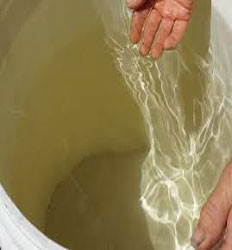
water infect salt
Especially in agriculture, saline water invasive in crops, make barren land unable to cultivate, it is one of the dangerous enemies of farmers.
Next, saline water will destroy household appliances especially those made of metal. Saline water will rust equipment, corrode furniture, ...
In industries that use boilers, salty water can destroy, causing a boiler to explode.
Some effective saltwater treatment methods
Currently, there are many methods of treating saline water, the choice of which method depends on the salinity of the water is heavy or light, the economics as well as the purpose of use.
One can change the salinity of water by desalination by specific methods are as follows:
- Thermal distillation method
Thermal distillation is the method that is circulated in folk and is also the oldest manual method. The basis of this method is to heat the water until it boils to turn into steam and condense into pure water.
The advantage of thermal distillation method is suitable for all different salinity, but the disadvantage is that it must be done manually, takes a lot of time and fuel.
- Ion exchange method
Ion exchange method is to filter water through the tank containing active ion resin particles. Due to the cation exchange results of water-soluble salts with H + ions of cationic particles, water-soluble salts turn into corresponding acids.
Next step, water will be cationic reduction in H - cationite tank, through OH - anionite filter tank, anionite particles will be absorbed from the anion of strong acids such as Cl, SO4 (carbon dioxide is removed from the water by clearing. before putting in OH - anionite tank) and release it into water with an equal amount of OH- anions.
The advantage of the ion exchange method is that we can wash and reconstitute according to the process, ensuring the output water source meets the standards, but the minus point is high cost and difficult to operate.
- Reverse osmosis (RO)
Water filtration membranes of RO technology are made of thin layers or film sheets that are fastened, rolled together in a spiral shape. With such a structure, RO technology water purifier uses ultrafiltration membrane, the filter is smaller than 0.0001 micrometre to allow only water molecules to pass through while pushing pollutants and other substances in the water that follow the wastewater way out including dissolved salts.
 Vietnamese
Vietnamese  English
English  Laos
Laos  Cambodia
Cambodia  Thailand
Thailand  Indonesia
Indonesia  Philipins
Philipins  Myanmar
Myanmar 

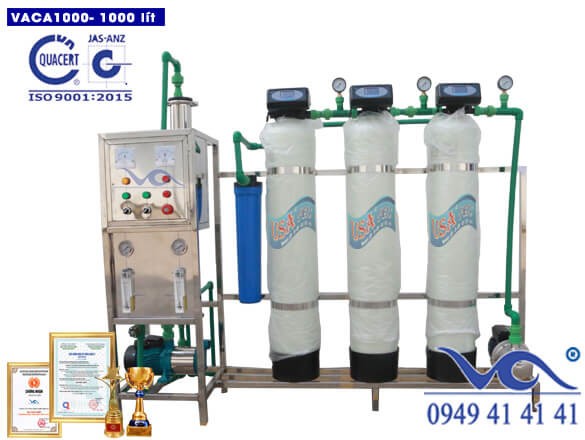
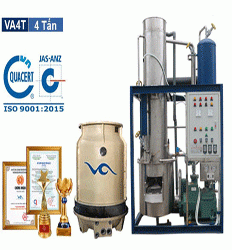
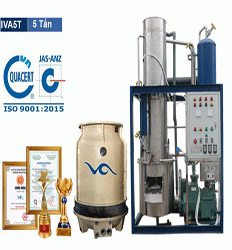
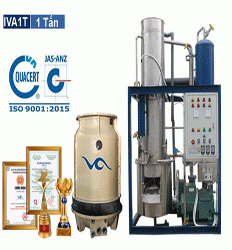
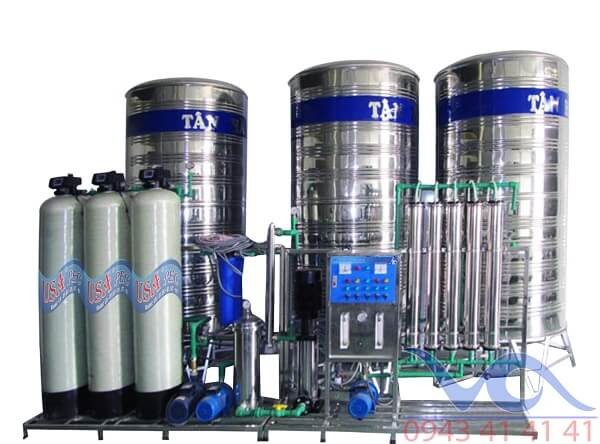
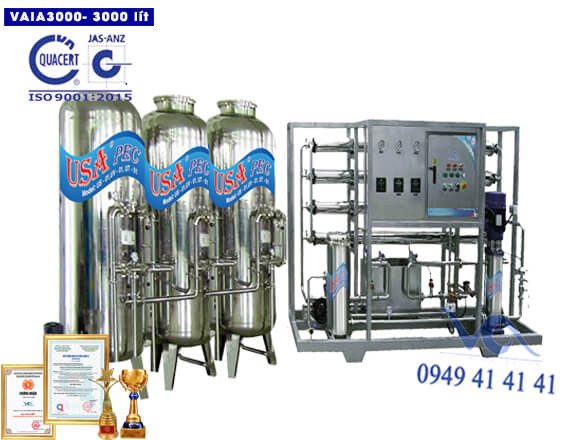
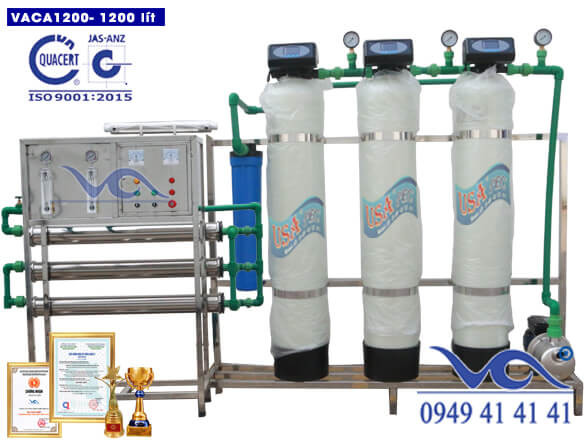





Hỏi đáp & đánh giá Salt water treatment
0 đánh giá và hỏi đáp
Bạn có vấn đề cần tư vấn?
Gửi câu hỏi